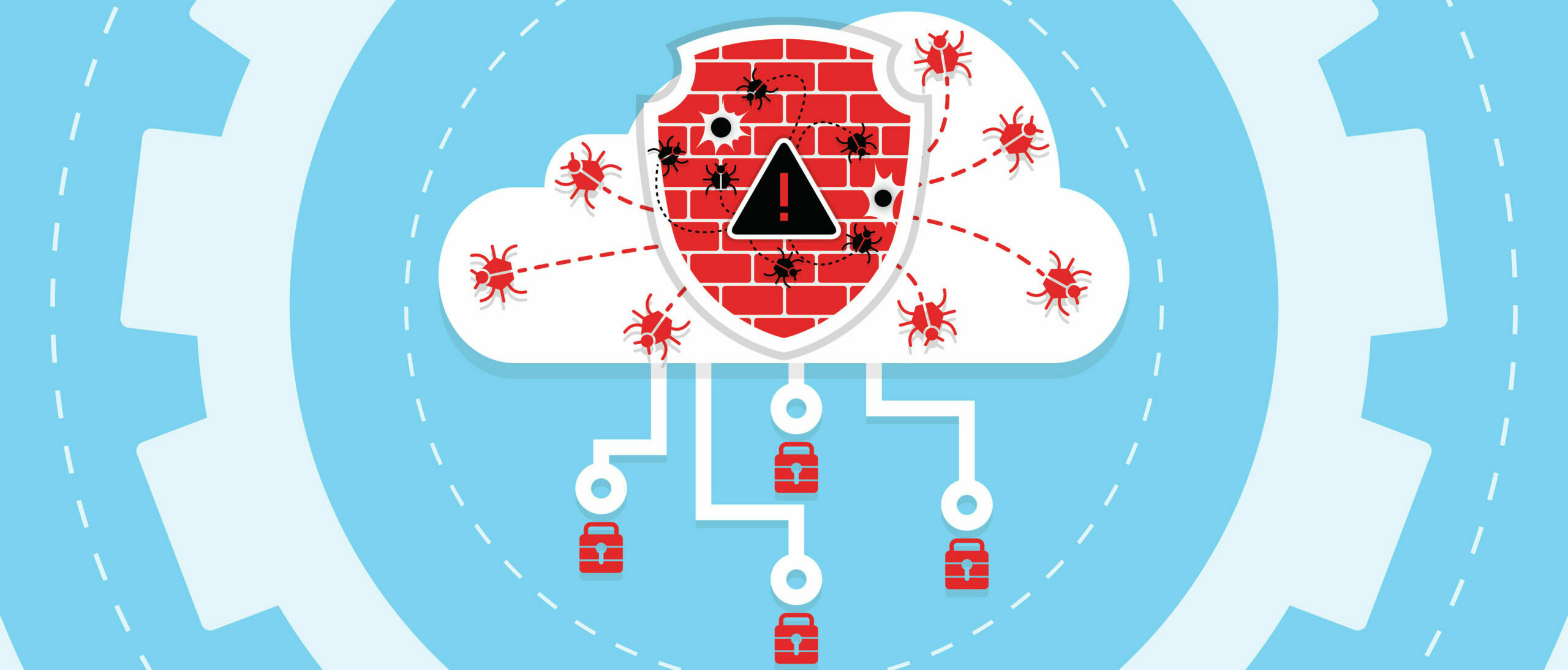
Entertainment Partner’s Security Breach – In the dynamic and ever-evolving landscape of the entertainment industry, where creativity and technology intersect, the recent security breach at Entertainment Partners has sent reverberations throughout the sector. This breach, characterized by unauthorized access to confidential information, has ignited discussions and prompted a critical examination of cybersecurity practices within the industry. As stakeholders grapple with the aftermath of this breach, it becomes imperative to delve deeper into its implications, explore the broader context of cybersecurity in entertainment, and outline strategies for fortifying defenses against future threats.
The Entertainment Partner’s Security Breach, like many cyber incidents, serves as a stark reminder of the vulnerabilities inherent in digital infrastructure. With sensitive data compromised and intellectual property at risk, the ramifications extend beyond financial losses to include reputational damage and legal consequences. From production companies to talent agencies, the fallout from such breaches impacts stakeholders across the entire entertainment ecosystem, underscoring the interconnectedness of the industry.
As the dust settles and industry stakeholders assess the damage, attention turns to the underlying factors contributing to the breach. While the specifics of the Entertainment Partners incident are still being investigated, it raises broader questions about the adequacy of cybersecurity measures within the entertainment sector. With cyber threats becoming increasingly sophisticated and pervasive, organizations must adopt a proactive approach to cybersecurity, rather than merely reacting to incidents after they occur.
One of the fundamental challenges facing the entertainment industry is the protection of sensitive intellectual property and proprietary information. From script drafts to unreleased footage, the industry is home to a treasure trove of valuable assets that are prime targets for cybercriminals. As such, robust encryption technologies, stringent access controls, and comprehensive data protection strategies are essential components of a holistic cybersecurity framework.
Furthermore, the interconnected nature of the entertainment industry amplifies the potential impact of cyber incidents. Collaboration between production companies, talent agencies, streaming platforms, and other industry players is essential for the successful execution of projects. However, this interconnectedness also means that a breach in one organization can have cascading effects throughout the entire ecosystem. Therefore, industry-wide collaboration and information sharing are crucial for identifying and mitigating cybersecurity risks.
In the aftermath of the Entertainment Partner’s Security Breach, industry leaders are reevaluating their cybersecurity posture and investing in measures to enhance resilience against future threats. This includes not only technological solutions but also a cultural shift towards prioritizing cybersecurity awareness and education among employees. By fostering a culture of cybersecurity, organizations can empower their workforce to recognize and respond to potential threats effectively.
Additionally, regulatory bodies and policymakers are scrutinizing existing frameworks governing data protection and cybersecurity within the entertainment sector. The Entertainment Partners breach highlights the need for robust regulatory measures that strike a balance between promoting innovation and safeguarding sensitive information. As the regulatory landscape evolves to address emerging cyber threats, organizations must remain vigilant in ensuring compliance with relevant standards and regulations.
Looking ahead, the Entertainment Partner’s Security Breach catalyzes proactive action within the entertainment industry. By leveraging lessons learned from this incident, organizations can strengthen their cybersecurity defenses, enhance collaboration across the ecosystem, and foster a culture of resilience in the face of evolving cyber threats. As the industry continues to navigate the complexities of the digital landscape, prioritizing cybersecurity will be e


